Top Things to Know Before Buying Garden Log Cabins
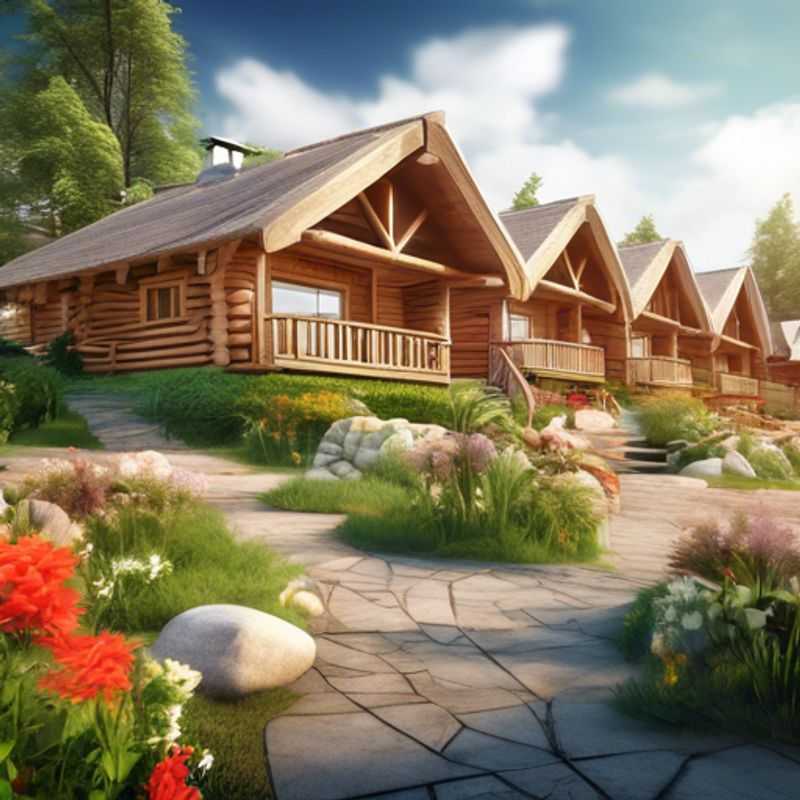
Top Things to Know Before Buying Garden Log Cabins: Size, Construction, Reputation, Costs, Insulation, Maintenance, and Intended Use
Ah, the allure of a garden log cabin! It’s a fantastic way to add charm and functionality to your outdoor space. But before you jump into the exciting world of log cabin ownership, there are a few key factors to consider.
First and foremost, size matters. Think about the available space in your garden.
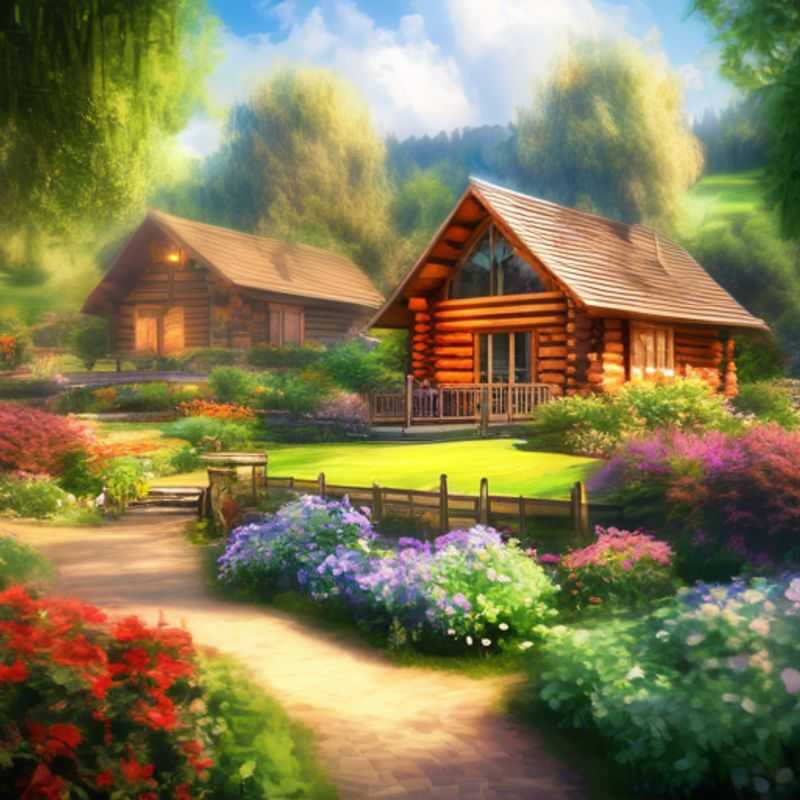
Designing Your Dream: Matching Garden Log Cabin Size to Your Space
When considering a garden log cabin, the size and layout are crucial aspects to consider. The available space in your garden plays a significant role in determining the ideal dimensions and configuration. Measure the area meticulously, considering the dimensions of the cabin itself, including any overhangs or porches.
Also, consider access and maneuverability. Ensure that there is sufficient space for the cabin to be delivered and assembled without any obstructions or difficulties. Evaluate the existing landscaping and features within your garden to ensure that the cabin complements the overall aesthetic and maximizes the available space.
Once you have determined the available space, you can start exploring different log cabin designs. Consider the purpose of the cabin, whether it's for relaxation, entertaining, or home office use. Each purpose has its own specific requirements in terms of size and layout.
Remember to factor in building regulations and permits. Ensure that your chosen log cabin complies with all relevant local regulations. You might need to apply for a building permit depending on the size and complexity of the structure. It's best to check with your local planning department for specific guidance.
While planning your garden log cabin, be mindful of potential costs. You will likely need to factor in the cost of the log cabin itself, delivery, foundation, installation, and any additional features you may desire. It is wise to obtain multiple quotes from reputable suppliers and contractors to compare prices and ensure transparency.
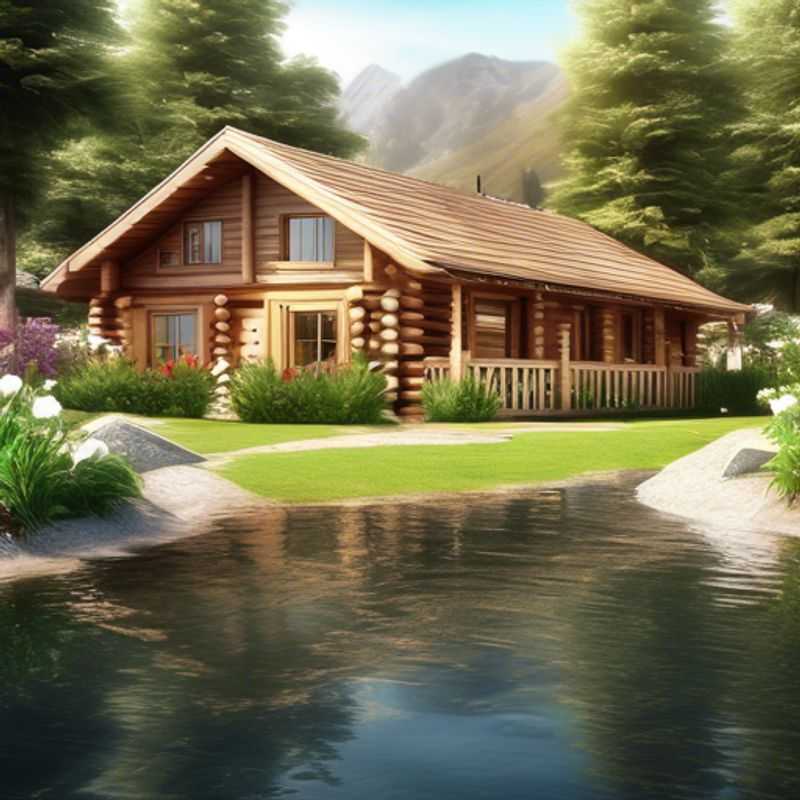
Building for the Long Haul: Inspecting Materials and Quality for Durability
When inspecting construction materials and quality for durability, a keen eye and a methodical approach are essential. Start by examining the foundation, as it's the cornerstone of any structure. Check for cracks, uneven settling, and proper drainage. Inspect the framing, ensuring it is properly supported and free from warping or rot. Look at the materials used for the exterior and interior walls, paying attention to their moisture resistance and insulation properties.
Don't forget the roof! Evaluate its condition, checking for leaks, damaged shingles, and proper ventilation. The windows and doors should be secure, well-sealed, and operate smoothly. Examine the plumbing and electrical systems, looking for signs of damage, corrosion, and proper grounding.
A professional inspection by a qualified building inspector can provide a thorough assessment and offer valuable insights. They will use specialized tools and their expertise to identify potential problems and recommend necessary repairs. This inspection can be a worthwhile investment, especially for older buildings or complex projects.
Remember, by taking the time to inspect the construction materials and quality, you can ensure the durability and longevity of your building. It's an investment in your peace of mind and the value of your property.
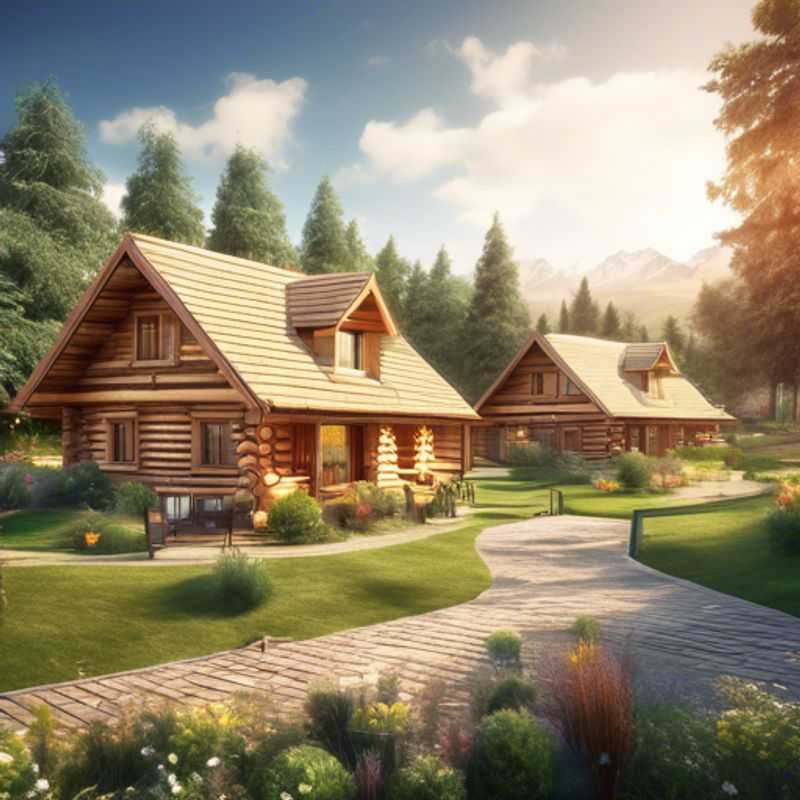
Digging Deeper: Researching Manufacturer Reputation and Warranties
Before committing to a particular manufacturer, it’s crucial to research their reputation and the warranties they offer. This can significantly impact your long-term satisfaction with the product.
Researching a manufacturer's reputation can involve looking at online reviews, customer forums, and independent testing websites. These sources can provide valuable insights into the reliability, durability, and customer service of a particular brand.
Warranties are crucial as they outline the manufacturer's commitment to repair or replace defective products. Carefully review the warranty terms, including coverage duration, what is covered, and what is excluded. Paying close attention to warranty exclusions is essential as these often specify limitations like damage due to misuse or neglect.
Consider whether extended warranties are worthwhile. While they can offer additional protection, they often come at an extra cost. Evaluating the likelihood of needing repairs and weighing the cost against the benefits is essential before making a decision.
Remember, a good reputation and a comprehensive warranty can provide peace of mind and reduce the risk of unexpected expenses. Always research thoroughly before investing in a product to ensure you're making an informed decision.

Don't Forget the Hidden Costs: Installation, Delivery, and Permits
When budgeting for a project, it's crucial to consider not just the cost of the product itself, but also the associated expenses. This includes installation, delivery, and any necessary permits. These costs can vary significantly depending on the project, location, and complexity.
Installation typically refers to the labor required to set up and connect the product. This can range from a simple plug-in to a more complex process involving specialized tools and expertise. Factor in the time and expertise required for installation, as this can impact the overall cost.
Delivery involves transporting the product to your location. The cost of delivery depends on distance, weight, and size. It's essential to inquire about delivery options and costs, as some companies offer free delivery, while others charge based on weight or distance.
Permits may be required for certain projects, depending on local regulations. These permits ensure the project complies with safety and building codes. The cost of permits varies based on the nature of the project and the jurisdiction. Researching and obtaining necessary permits in advance can save time and potential legal issues.
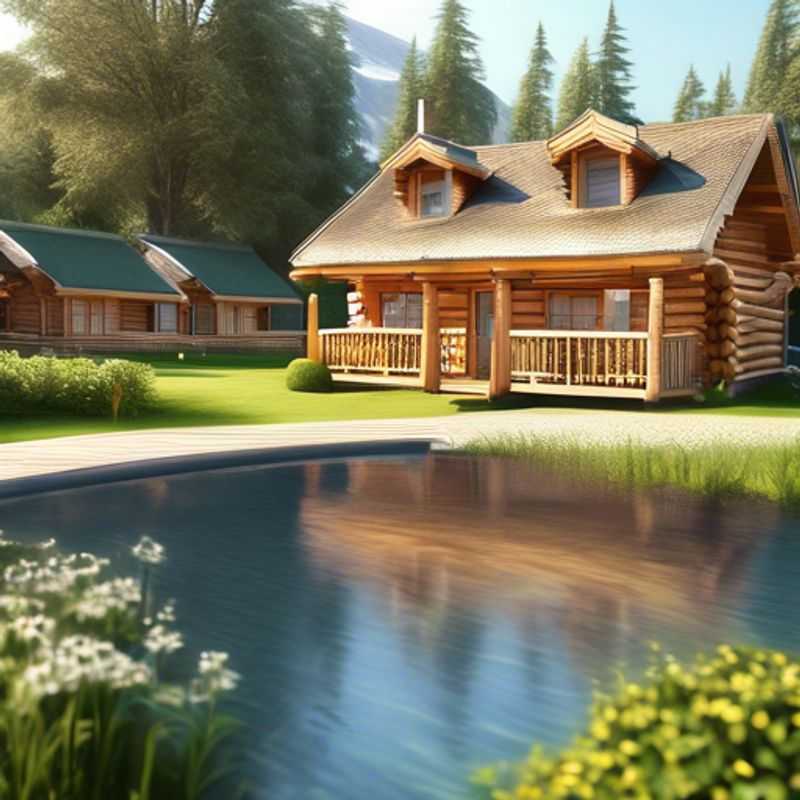
Optimizing Your Home's Insulation and Ventilation for Year-Round Comfort
Ensuring year-round comfort in your home starts with optimizing insulation and ventilation. Proper insulation acts as a barrier, preventing heat loss in winter and heat gain in summer, while effective ventilation ensures fresh air circulation and reduces humidity.
To assess your home's insulation, look for drafts, uneven temperatures between rooms, and high energy bills. A home energy audit can provide a comprehensive assessment, identifying areas needing improvement. Consider upgrading to thicker insulation in attics, walls, and crawl spaces.
Ventilation is equally critical. Proper ventilation removes moisture, prevents mold growth, and ensures fresh air circulation. Consider installing exhaust fans in bathrooms and kitchens, and ensure proper attic and crawl space ventilation.
Costs associated with insulation and ventilation improvements can vary depending on the size of your home, the type of materials used, and the complexity of the project. Consult with a professional contractor for an accurate estimate.
Investing in insulation and ventilation is an investment in your comfort and energy savings. Improved insulation reduces heating and cooling costs, while good ventilation improves indoor air quality and overall well-being. Remember, a well-insulated and ventilated home is a healthier and more comfortable home.
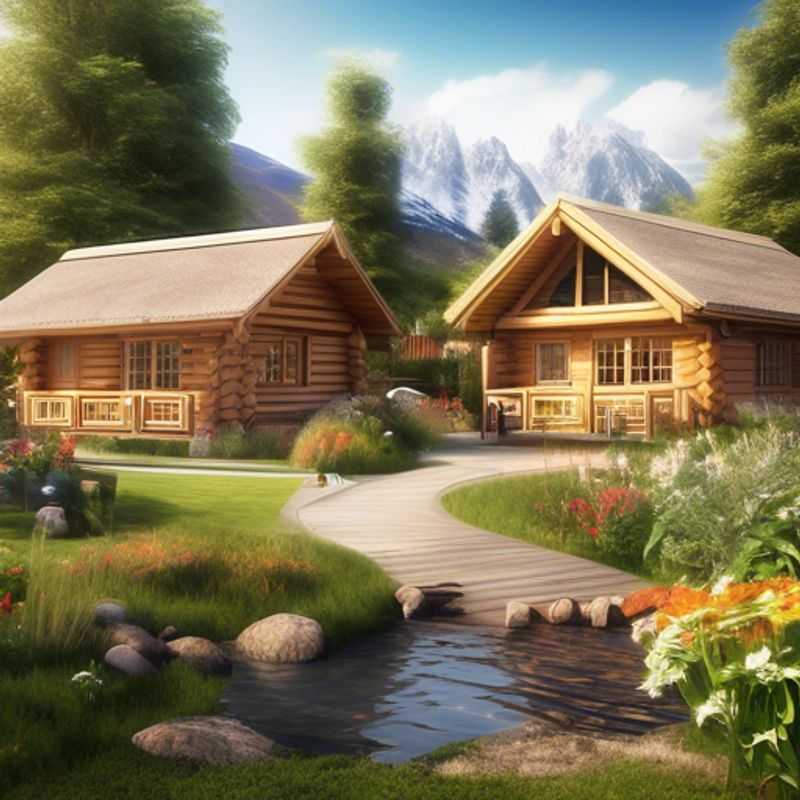
Dive Deep: Understanding Maintenance Requirements and Potential Limitations
Understanding the maintenance requirements and potential limitations of any system is crucial for ensuring its longevity and optimal performance. This involves identifying potential issues and implementing preventative measures to mitigate them. For example, regular software updates are essential to address security vulnerabilities and improve functionality. Additionally, proactive hardware maintenance, such as cleaning and replacing components, can extend the lifespan of the system. However, every system has inherent limitations, whether due to hardware constraints, software design, or environmental factors. It's important to be aware of these limitations to manage expectations and plan for potential workarounds or upgrades.
For example, a website hosted on a shared server might experience performance issues during peak traffic hours due to resource limitations. This could be addressed by upgrading to a dedicated server or optimizing the website's code for better performance. Similarly, a mobile app with limited storage space might require careful planning to minimize resource usage or implement strategies for data management. By understanding the maintenance needs and limitations of a system, you can make informed decisions about its ongoing operation and ensure its optimal performance over time.
Remember to factor in any potential costs associated with maintenance, such as software licenses, hardware upgrades, and technical support. Regularly reviewing the system's performance and making necessary adjustments can minimize downtime and ensure its smooth operation. By prioritizing proactive maintenance and being aware of potential limitations, you can maximize the lifespan and value of your system.
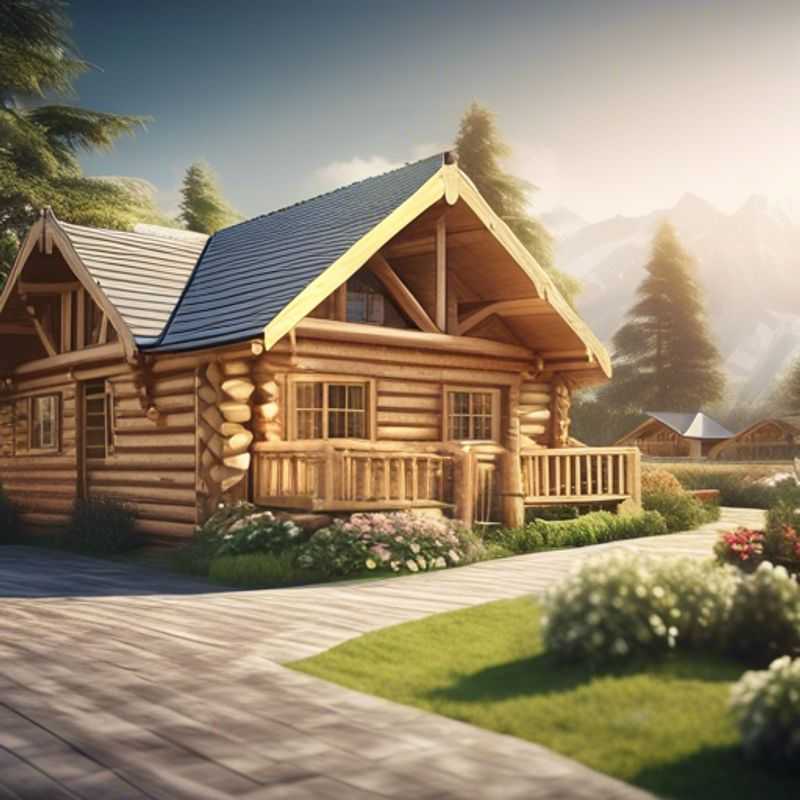
Log Cabin Design: Prioritizing Features for Your Dream Retreat
When planning the construction or renovation of a log cabin, it's essential to prioritize features that align with your intended use. Consider whether your cabin will be a primary residence, a vacation getaway, or a rental property, as this will influence your decisions. For a primary residence, focus on energy efficiency and durability, ensuring that the cabin is equipped with proper insulation and weatherproofing. If the cabin is intended for recreation, prioritize amenities such as modern kitchens and bathrooms, as well as outdoor spaces for activities.
Additionally, consider space optimization. Open floor plans can enhance the feeling of spaciousness, while multi-functional furniture can maximize utility. For a rental cabin, features like high-speed internet and smart home technology can attract more guests. Don't forget to factor in permits and zoning regulations, which can incur costs and affect your design choices.
Lastly, always budget for maintenance and upgrades in the long run, as wood structures require regular care to ensure longevity. By aligning your cabin's features with its intended use, you can create a space that is not only functional but also enjoyable.
